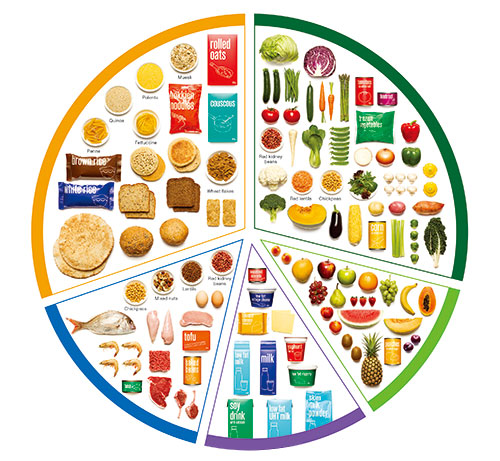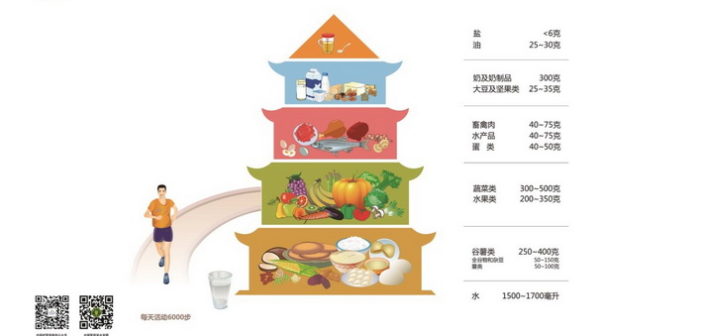A 29-year study published in the European Journal of Preventive Cardiology found that 17 percent of boys and 9 percent of girls in rural China were found to be obese, while the number of overweight children had risen from 0.7 percent to 16.4 percent for boys and 1.5 percent to approximately 14 percent for girls according to a report in the South China Morning Post. The study published this April collected data from Shangdong Province and paints a grim picture of the future of China.
Rapid socioeconomic changes and the adoption of western lifestyle diets were named as likely contributing factors that have led to this increment. Dr. Gary Sackrison, a Staff Physician at Vista Medical Center, moved to the city 8 months ago with his family from Southern California and says, “Exercise can’t be overstated. Over the last 30 years, Chinese citizens have moved away from biking and walking everywhere to now more and more owning cars.”
In June, China’s National Health and Family Planning Commission released a revamped food guide that set a limit on sugar of “no more than 50 grams,” according to an article on just-food.com. Dr. Sackrison adds that it’s a good thing to see the government putting the guidelines in place but the major concern is with adherence since obesity is exploding in China.
Compared to the last food guide, which was released in 2007, adults were recommended to consume 300g-500g of vegetables, while the new version suggests a 50 percent daily vegetable intake. Animal meat has been lowered from 50g to 70g in 2007 to 40g to 70g, also fish and shellfish products from 75g to 40g. The good news for egg lovers is consumption has been upped from 25g in 2007 to 40g. Adults are asked to drink at least 1,500 milliliters (ml) of water a day also up from 1,200ml in the 2007 version. Dairy products remain unchanged at 300g.
Dr. Sackrison states, “Looking at these guidelines, I can’t be critical of them. They allow for a bit more sodium than in the US, but they’re much more aggressive in cutting out refined and processed foods.”
The Rest of the World
On a list of the World’s healthiest countries ranking, a report compiled by Bloomberg and generated using data from the United Nations (UN), the World Bank, and the World Health Organization (WHO), China ranked the 55th healthiest with an overall score of 53.55 percent. Towards the end of last year, Singapore topped the list, with Italy and Australia coming in second and third. The most obese country in the world is Palau according to a research study done by Ramon Martinez, a technical specialist in health metrics for the WHO. The ten most obese countries are mainly from the Pacific Islands and Middle East.
The Food and Agriculture Organization of the United Nations collects and reviews over 80 countries’ food guides from both the healthiest and obese countries and acts as advisors to countries to developing and updating their food guides. Countries picked for comparison to China are Australia and the United States. Australia is the only country of the top three with a food guide. The US is notoriously obese, but ranks as the 12th most obese country in the world.

Australia’s Food Guide
The Australia food guide uses a five-sectioned plate (check the diagram), the five food groups represented are grain cereal foods, vegetables and beans/legumes, fruits, lean meats and poultry, fish, eggs, tofu, nuts and seeds, reduced fat dairy products and/or alternatives. Similar to the Chinese version, there’s a recommendation to drink plenty of water. In addition to this there’s the recommendation to consume oils in small amounts. Also the recommendation is that alcohol and highly processed foods such as those high in sugar, fat, and sodium be consumed infrequently in small amounts.

US’s Food Guide
The US Department of Health and Human Services and Agriculture released the 2015-2020 dietary guidelines called MyPlate, which aims to influence citizens to make healthier choices. The guideline recommends amounts of daily nutrient-dense foods to be consumed from the five food groups and subsequent subgroups. The additional information focuses on allowance of oils and limited consumption of added sugars, saturate acts, and alcohol. Like the Chinese and Australian guides, there are additional recommendations on exercise and water and alcohol intake.
These food guidelines are meant to assist in the development of nutrition policies and educational messages by policymakers, nutrition educators, and health care professionals. In countries like Australia and the US fast food stores disclose the number of calories of each meal.
This article originally appeared on page 16-17 of the August 2016 Issue of beijingkids magazine. Click here for your free online copy. To find out how you can obtain a hard copy, contact distribution@truerun.com.
Photo: Chinese, US, and Australian governments




